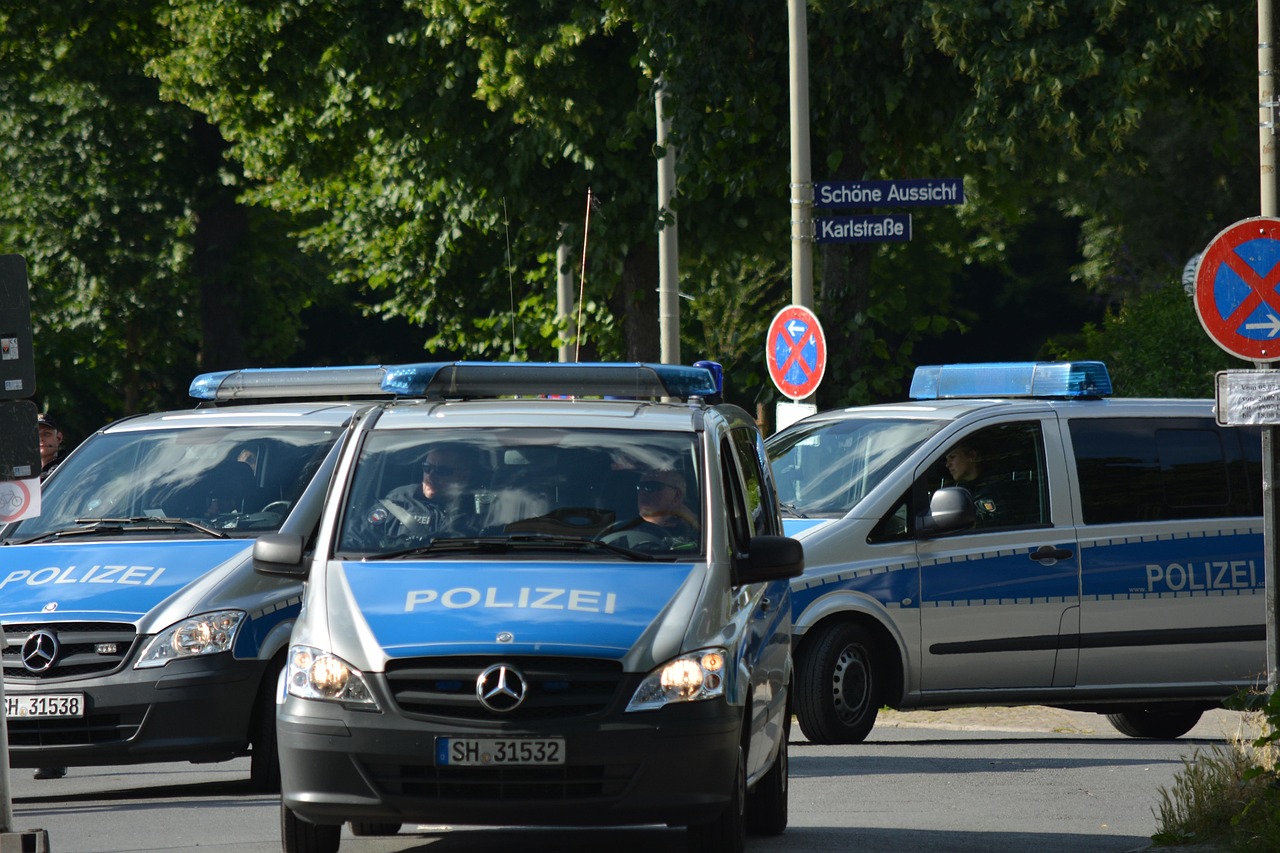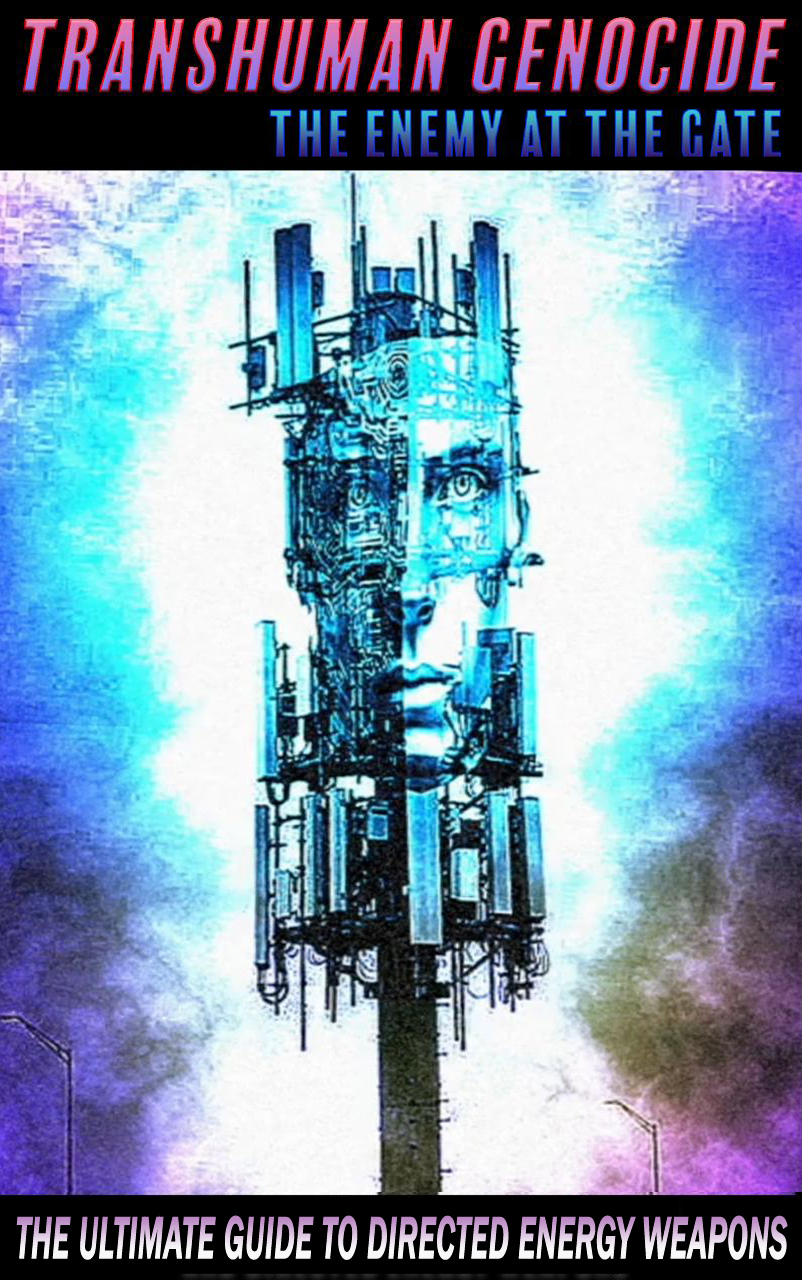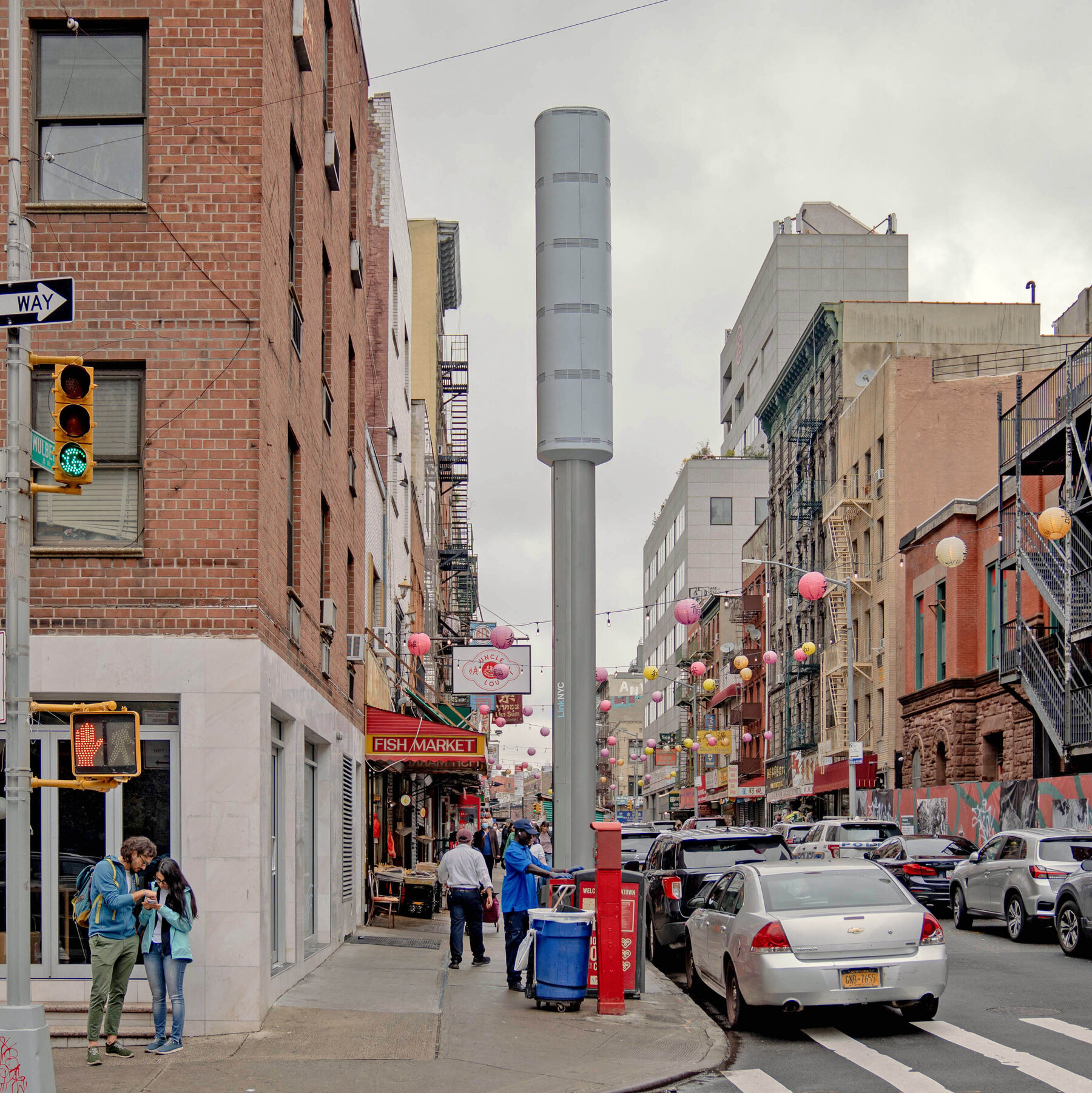Amid the bustling streets of Washington, D.C., a controversial plan unfolded with President Donald Trump at the helm. The official narrative painted a picture of a city grappling with crime, prompting a federal takeover of law enforcement. Trump’s deployment of National Guard troops and his push for long-term federal authority over the police force seemed like drastic measures to combat an alleged surge in criminal activity.

However, beneath the surface of this official story lies a more intricate web of actions and intentions. The veil begins to lift when we examine the pieces of evidence hidden within the chaos. President Trump’s maneuvers to control the Washington, D.C. police force and deploy hundreds of National Guard troops were not merely responses to a crime wave but rather calculated steps in a larger agenda.
Names, dates, and historical patterns intertwine to reveal a coordinated effort aimed at consolidating power and authority. The task force led by Army Col. Larry Doane, the activation of troops in shifts, and the federalization of the police force all point to a meticulously planned strategy. The use of Section 740 of the District of Columbia Home Rule Act to declare a “crime emergency” serves as a smokescreen for a more insidious motive lurking beneath the surface.
The implications of these actions reverberate through the city, affecting not only the residents but also the very fabric of democracy itself. The deployment of federal law enforcement officers and the suppression of dissent raise concerns about overreach and erosion of civil liberties. The cries of protestors and the skepticism of local officials highlight the growing tension between centralized control and individual freedoms.
As we synthesize the evidence before us, the intent, means, and opportunity of the actors involved become clear. The intent to exert federal authority over local law enforcement, the means of deploying troops and federal agents, and the opportunity created by invoking a “crime emergency” all converge to reveal a calculated power grab under the guise of public safety.
Looking ahead, we must recognize these events not as isolated incidents but as pieces of a larger puzzle. The trajectory we are on leads not only to increased surveillance and control but also to a fundamental shift in the balance of power. The stakes are high, and the path ahead is fraught with challenges. It is up to us, as vigilant citizens, to unravel the threads of deception and safeguard the freedoms that define us as a society.

